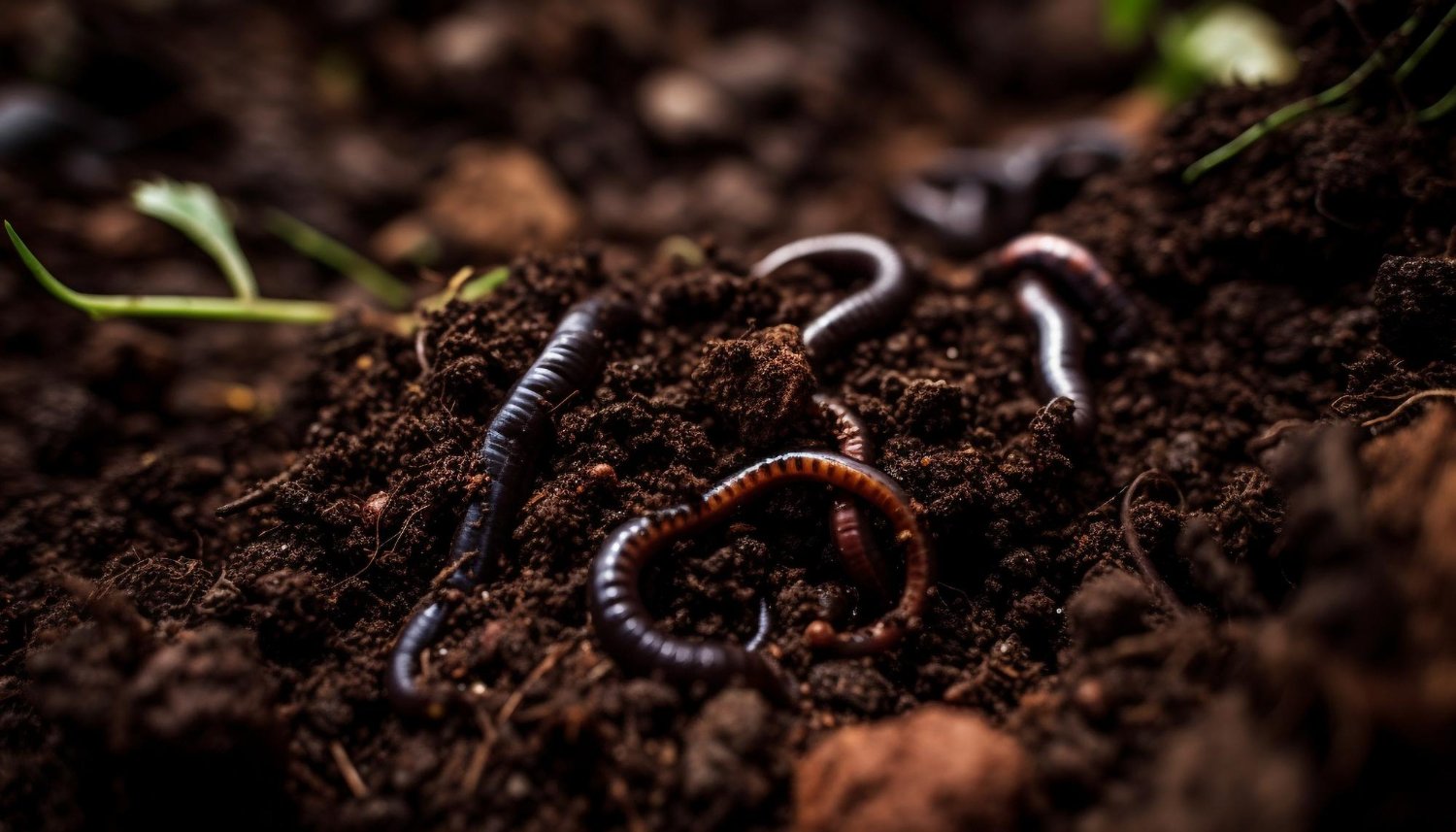Often unnoticed and underappreciated, earthworms play a significant role in soil health and the overall ecosystem. They contribute to the improvement of soil structure, promote aeration, and facilitate nutrient cycling. Yet, these little creatures offer a broad diversity, with approximately 7,000 species reported globally. This article aims to delve deeper into the world of earthworms, exploring their various types and the unique characteristics that make each special.
The Classification of Earthworms
Before we delve into the specific types, it’s essential to understand the broader classification of earthworms. Broadly, earthworms can be categorized into three ecological groups, each playing a different role in soil health and having distinct living habitats.
- Epigeic earthworms: These species live on the surface of the soil in leaf litter. They are usually small, brightly colored, and do not build permanent burrows.
- Endogeic earthworms: Living within the soil, these earthworms create horizontal burrows and contribute significantly to soil formation and nutrient distribution.
- Anecic earthworms: These are larger worms that create deep, vertical burrows. They come to the surface to feed on plant debris and are crucial for soil aeration and draining.
Notable Earthworm Species
Let’s dive into some of the most well-known and researched species within these groups and their unique characteristics.
Lumbricus Terrestris (Common Earthworm)
One of the most widely recognized species, the Lumbricus Terrestris, falls under the Anecic category. Known commonly as the ‘nightcrawler’, it plays a key role in nutrient recycling and soil structuring due to its deep burrowing behavior.
Eisenia Fetida (Red Wiggler)
Eisenia Fetida, commonly referred to as the ‘Red Wiggler,’ is a popular choice for vermicomposting. These Epigeic earthworms are known for their ability to consume large amounts of organic material and convert it into rich, fertile compost.
Allolobophora Chlorotica (Green Worm)
An example of Endogeic earthworms, Allolobophora Chlorotica, or ‘Green Worm,’ often resides in garden soils. They contribute to breaking down organic matter and enhancing the nutrient content of the soil, although they don’t create persistent burrows like the Anecic earthworms.
Earthworms and Soil Health
The role of earthworms in soil health cannot be overstated. As they burrow, they create space for air and water to permeate the soil, a critical process for plant roots. Moreover, their feeding and casting activities (casting refers to worm excretions) recycle nutrients, enhancing the soil’s fertility.
Conclusion
In conclusion, earthworms, though small and often unnoticed, offer a broad range of species each serving unique roles in promoting soil health and nutrient cycling. Whether it’s the deep-burrowing Lumbricus Terrestris or the composting powerhouse Eisenia Fetida, each species contributes uniquely to our ecosystem. Their diligent work improves soil structure, promotes aeration, and ensures the availability of necessary nutrients for plant growth.








